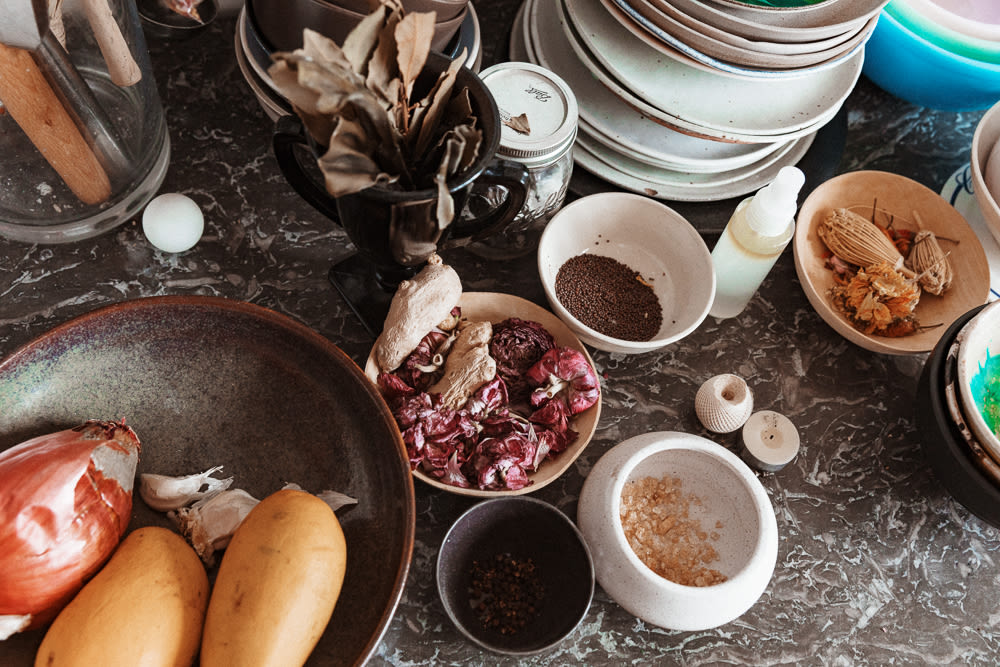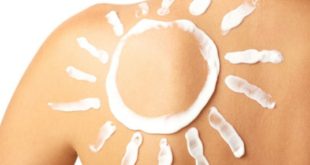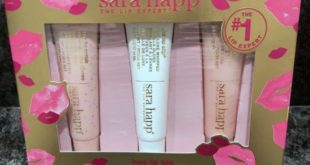
Wellness war on gluten notwithstanding, bread is wonderful. The toasty, crunchy outside, the soft, pillowy inside—if you’ve mastered making it yourself I salute you, as I still regularly think about a fresh-from-the-oven loaf I was served (mind you, I paid extra for it) at a farm-to-table restaurant about nine months ago. As far as bread toppings go, olive oil reigns supreme in my book. I urge you to consider: is there anything better than a warm slice of large-crumb bread soaking in a pool of EVOO and kosher salt? It’s the way olive oil seeps into bread, filling all the nooks and crannies with what WebMD has assured me are healthy fats, that makes the combination such a knockout. The porosity. And another porous surface you may want to consider putting some olive oil on is… your skin.
If you’re used to olive oil as a kitchen item, you may be surprised to learn that its topical effects on skin have been robustly studied. Olive oil is full of oleic acids, the rich fats that make the difference between a light oil and a heavy one. It’s also got naturally-occuring vitamin E, antioxidizing and anti-inflammatory polyphenols, beta-carotene, squalene, and the plant-based version of cholesterol called phytosterol—a true barrier buffet.
As a review in the International Journal of Molecular Science notes, the quantity and quality of nutrients present in olive oil greatly depends on how it was made. Virgin olive oils are higher in antioxidants, so the quality of your olive oil matters. To make matters more complicated, some products labeled olive oil in stores aren’t actually, er, olive oil. A quick Google search of “olive oil scam” will lead you down an uneasy rabbit hole, but for a TLDR recap: many products labeled EVOO are actually blends of different oils (sometimes olive oils from different regions, sometimes filler oils like canola) or don’t meet the International Olive Council’s standards for classification as extra virgin. While those are fine if you’re roasting vegetables, it might concern those looking to reap olive oil’s skincare benefits.
That’s why buying olive oil based skincare from a brand that’s already known for making high quality olive oil is pretty brilliant. Bona Furtuna, a Sicilian olive oil brand, has their olives hand-inspected by a dual-PhD botanist before cold-pressing them into extra virgin oil. “To make Furtuna Skin products, we start with the exact same award-winning EVOO that we cold press and bottle to eat,” explains Co-Founder and CEO Kim Walls. Then, the oil is blended with other high performance ingredients—their hero product is arguably the bi-phase facial oil, which combines EVOO with oil-soluble vitamin C and powerfully hydrating glycerin. On the California coast Wonder Valley employs a similar model. The brand, founded by a former quality control officer for the California Olive Oil Council, starts each product with their food-grade EVOO. The oil cleanser is an editor favorite, with a unique honey-gel texture to gently cleanse and moisturize. Both brands are incredibly transparent about their processing steps, and their recently debuted skincare lines feel luxurious and work effectively.
French olive oil purveyor Oliviers & Co. hasn’t quite transitioned their EVOO into skincare yet, but they do make a deeply moisturizing olive oil based hand cream. Their unique harvesting practices (up to two months earlier than other regional producers) ensure that olives are picked when their antioxidant levels are highest. And though the Olive Oil Skincare Company doesn’t produce food-grade olive oil, it does operate its own olive farm. Based in New South Wales, Australia, the brand presses their own olives on-site within two hours of harvesting to preserve their nutrients. Though many of their products include essential oils, which can be irritating to sensitive skin, some don’t! (Their Pure Olive Lip Balm is like an scent-free version of Weleda Skin Food, with nothing but olive.)
Of course, you could just use EVOO you have in your kitchen. Cold-pressed, unrefined, true extra virgin olive oil is safe to use on skin, though you might not see the same skin benefits as when it’s blended into a thoughtful formulation: while nourishing, the high amounts of oleic acid in plain olive oil make it less ideal for those with sensitive or acneic skin. (Studies done on infants and children, who tend to have more reactive skin, have not given olive oil the most glowing reviews.) It’s a lot more balanced when blended with lighter oils like squalane, jojoba, and grapeseed, while still retaining its potent antioxidant and anti-inflammatory properties. Because of its heaviness, straight from the bottle olive oil does make a good oil cleanser. It doesn’t have any surfactants, so you’ll want to follow with a more traditional cleanser à la the double cleansing method, but it will gently melt off stubborn makeup. Apart from the aforementioned bread thing, oil cleansing is my personal favorite way to put olive oil to good use.
Are you fond of a particular olive oil skincare recipe? Did you get sold on a smooth, grassy olive oil and buy the matching cleanser? Sound off in the comments—and feel free to bring a snack of your choosing.
—Ali Oshinsky
Photo via ITG



